Most Hindu festivals and rituals have some significance in science and nature, and the New Year’s celebration is no exception. It is also considered one of the harvest festivals. Although the celebration of harvest is universal, it is referred to and celebrated differently in many parts of the world. Similarly, in India, it is celebrated in various forms across the nation. Usually, the New Year is celebrated on the first day of Chaitra, the first month of the Sanskrit calendar (March-April), which coincides with spring.
As spring symbolizes “the season of new beginnings” with emergence of blossoms after winter’s slumber, we are also expected to shed our sorrows and start a life with new beginnings. It is the ideal time to celebrate the New Year withnature. The word Utsava (or celebration) in Sanskrit means “removal of worldly sorrow or grief.”
How was Nutan Varsh chosen as the beginning of the new year?
It occurred when the entire world was submerged in water and Sumeru mountain emerged from it. 1,97,29,49,125 years ago Brahma ji started world order on this day.
– After intense calculations, Indian Vedic Rishi chose this day for the Hindu new year starting day.
– Yuga changes on this day. It is believed that Kalyuga started 5126 years ago on this day.
On this day, Hindus begin their Shakti sadhna and begin the festival of Navratri.
The Vikram calendar began on the same day 2081 years ago.
– Arrival of spring and the reaping of rabi crops
The festival is celebrated in all of India and all neighbouring countries under different names and described in this article.
It is Varun’s avtar Jhulelal and Sage Gautam’s birthday today. Shri Ram was coronated (Rajyaabhishek) on this day. It is also the Arya Samaj Sthapana divas
Some of the common practices on Hindu New Year are:
· Starting the day at dawn.
· Cleaning the home.
· Decorating the home with marigold flowers and mango leaves.
· Wearing brand-new clothes.
· Performing puja at home. Urbanites do not perform elaborate pujas or rituals at home. Instead, they prefer to visit temples to attend to the same.
· Seeking blessings from elders at home and temple.
· Giving gifts or money to younger members in the home after they touch the feet of elders in the home.
· Visiting the temple to worship and seeking the Almighty’s blessing.
· Offering money, gifts, and freshly harvested farm produce to the deity.
· Exchanging sweets and gifts with family and friends.
· Having an elaborate feast with family and friends.
· Participating in gatherings to sing devotional songs (bhajan and kirtan) in the late afternoon or early evening.
There is a common practice among South Indians to eat Bevu Bella or Pachhadi, a snack made of different ingredients having six tastes signifying that life is a melody of all sorts of experiences…and guiding us to accept and respect ‘life’ in every form. These tastes are contained in:
· Neem tender leaves or flowers for bitterness, representing “sadness”;
· Jaggery and ripe bananas for sweetness, representing “sweetness”;
· Green chili for a hot taste, representing “anger”;
· Salt for saltiness, representing “fear”;
· Tamarind juice for sourness, representing “disgust”; and
· Raw mango for tanginess, representing “surprise.”
The New Year is on the first day of Chaitra, as per the Sanskrit or Hindu calendar, heralding spring. However, it could be celebrated on another day in different parts of the country, as people mostly follow their regional calendars (for example, Tamils, Bengalis, Assamese, and others have their own calendars) and it is perfectly fine. The New Year begins on the same day for people in Tamil Nadu, Assam, Kerala, Manipur, Mithila (Nepal), Orissa, Punjab, Tripura, Bangladesh, Burma, Cambodia, Sri Lanka, and Thailand.
Now, let us understand how people celebrate New Year in different parts of the nation.
Traditional New Year in Tamil Nadu:
In Tamil Nadu, the New Year is known as Varsha Pirappu or Puthandu Vazthkal and is wished as “Iniya puthandu nalvazhthukkal.”
The day starts by viewing a tray containing auspicious things such as gold, silver, jewelry, and brand-new clothes. It also contains the new calendar, a mirror, rice, coconuts, fruits, vegetables, betel leaves, and other fresh farm products during this time. This tray is arranged on the eve of Puthandu.
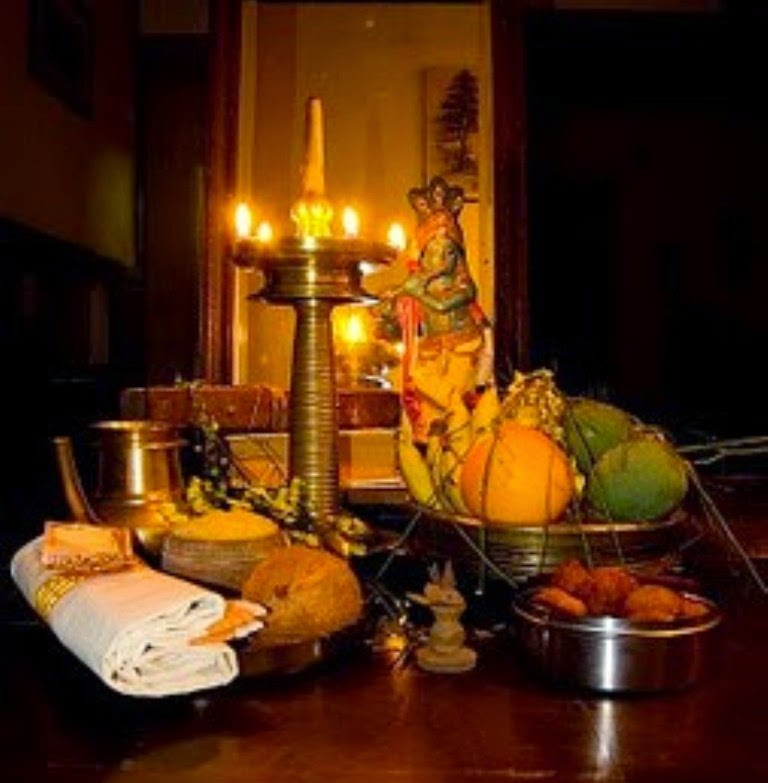

Traditional New Year in Kerala:
In Kerala, the New Year is Vishu. “Vishu” is the first day in the first month of Medam in Kerala. Similar to Tamil custom, they view auspicious articles in the morning and it is known as Vishukkani. People wear new clothes and visit temple.
The elaborate lunch is called Sadya. Vishu Kanji (rice, coconut milk, and spices), Vishu Katta (rice powder, coconut milk, and jaggery), and Thoran (sour mango soup) are some of the special dishes prepared for Vishu using freshly harvested rice and other farm produce.
The afternoon or early evening gathering is known as Vishuwela. The New Year is wished as “I wish you a Happy Vishu.”
Traditional New Year in Karnataka/Andhra Pradesh:
In Karnataka/Andhra Pradesh, Ugadi (in Karnataka and Andhra) is considered the day of the creation of the universe by Lord Brahma. Ugadi means the beginning of a new era, derived from the words yug (age/era) and adi (beginning). Family members eat Bevubella (in Kannada) or Pachadi (in Tamil), as mentioned above.
The primary dishes on this day are holge (Kannada), bobattu (in Telugu), and puran poli (Marathi). It is stuffed paratha (flat bread) filled with a paste made of boiled chickpeas and jaggery or sugar. We wish it “Nootana Samvachara Shubha Kanshalu” or “Ugadi Shubha Kanshalu” in Telugu and “Hosa Varshada Shubhashayagalu” or “Ugadi Shubhashayagalu” in Kannada.
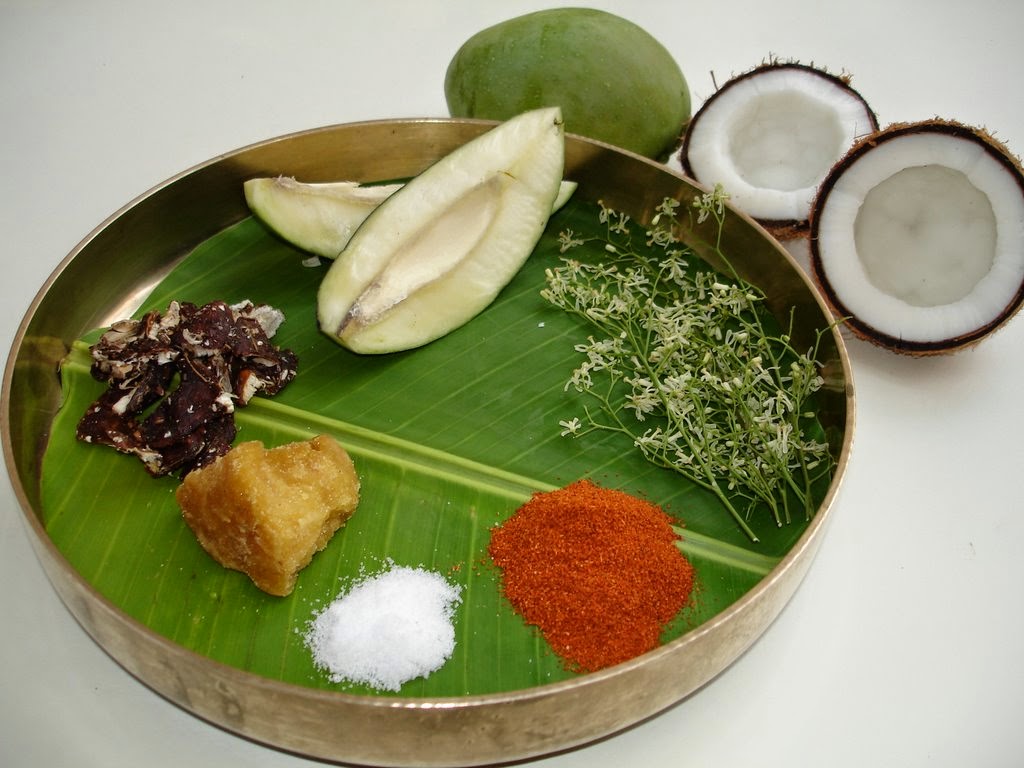

Traditional New Year inMaharashtra:
In Maharashtra, Gudi Padwa (Maharashtra) is considered the new beginning by raising Gudi to celebrate Mother Nature’s abundance for every living being. Gudi is a stick placed in a small copper or silver jar (upside down) and decorated with a silk sari/material, garlands of sugar candy, and flowers.
Puran Poli, as described above, is the main sweet dish prepared for this occasion.
One of the most auspicious days of the year, Gudi Padwa is the best time to buy gold, silver, a home, or even start a new project, as it’s one of the three auspicious days of the year.
They wish the New Year “Nav Varshachya Shubhechha.”


Traditional New Year in Gujarat/Rajasthan:
In Gujarat/Rajasthan, the New Year is celebrated as Bestu Varas in Gujarat and Thapna in Rajasthan on the first day of Kartik. This could be any day between mid-October and mid-November, depending on the Hindu calendar day. People usually greet each other with “Saal Mubaarak” or “Nutanvarsh ke abhinandan” or “Nayi saal ki shubhkamnaye.”
Homes and temples are decorated with marigold flowers and mango leaves. Gujaratians sell or give raw salt or Sarbes, indicating all tastes of life are acceptable, like Ugadi Bev or Pachadi.
Bali Pujan is also performed on this day. There will be a separate blog featuring the Bali Pujan.
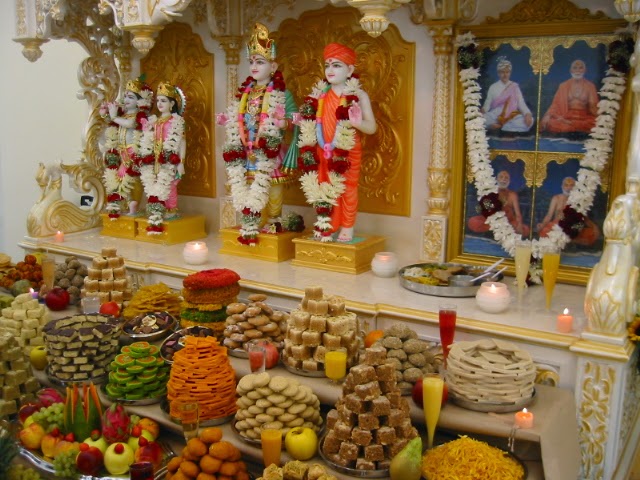

Traditional New Year in Sindh:
Sindhis are originally from the Sindh (now in Pakistan) province, who migrated to India after partition. Cheti-Chand in Sindhi is celebrated on the first day of Chaitra along with Jhulelal’s birthday. On this day, Sindhis also celebrate Thanksgiving. They worship Varuna and spend the day with family and friends celebrating the festival with an elaboratepuja and feast. They participate in a bhajan and arti (a gathering of friends and relatives to sing devotional songs) in the evening.


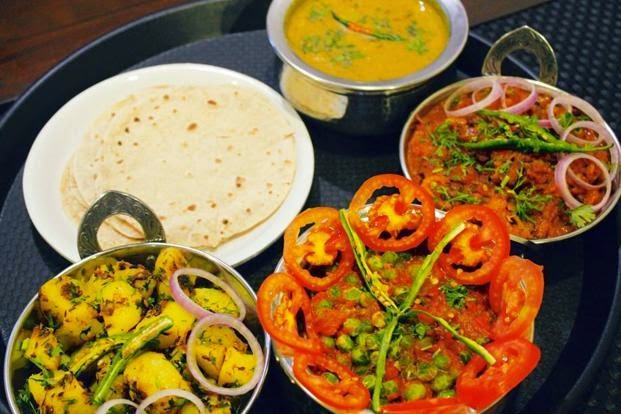
New Year in Punjab:
In Punjab, the New Year is celebrated during mid-April with dance and music. It is known as Baisakhi, traditionally a harvest festival. This is also Thanksgiving Day, thanking God for abundance in life and praying for a better future. People take a ritual bath in the sacred Ganges River and worship the goddess. It is celebrated as a joyous occasion by performing Bhangra and Giddha to the rhythm of the dhol. Baisakhi also marks the founding of the Khalsa brotherhood by Sikh Guru Govind Singh. Sikhs visit the Gurudwara before dawn and offer their prayers. People participate in a community procession in the evening.
Some of the Baisakhi dishes are achari mutton, tandoori chicken, and saag meat as primary dishes on non-vegetarian menus. Coconut laddoo, sarsoon ka saag, makki ki roti, pindi chana, battura, wheat flour laddoo, carrot halwa are some of the vegetarian options.


New Year in West Bengal/Tripura:
Bengalis celebrate New Year, Poila Baishakh or Nabo Barsho in mid-April. The New Year is celebrated by worshipping the Goddess Lakshmi (who bestows wealth and prosperity). Most Bengalis start their New Year with new financial records and accounts, like Gujaratis on Diwali.
Although it is marked as a state holiday in West Bengal, it is a national holiday in Bangladesh. Most non-Hindus also follow Hindu cultural rituals/practices (except worshipping Hindu deities), which have been passed on for generations.
Bengalis wish New Year as “Subho Nobo Borsho.”


Year in Assam:
Assam celebrates New Year as Bohaag Bihu or Rongali Bihu. This is the celebration of spring, of fresh harvest with family and friends. Pitha (a specially made rice cake) is one of the main cuisines prepared on this occasion. This time of the year, young girls sing “Bihugeets” and dance traditionally called Mukoli. In Assam, New Year celebrations are fun and fair, and sometimes the celebrations last weeks.
Meetings during the celebration are traditional ways of finding a suitable match among youngsters. So, it is a season of love.


Traditional New Year in Manipur:
Sajibu Nongma Panda or Cheiraoba (stick announcement), the New Year in Manipur, marks the end of the old year and welcomes the New Year. It is on the first day of the lunar Manipuri month of Sajibu (Chaitrya). One ritual after the feast is climbing Cheiraoching, i.e. the nearest hilltop, to mark climbing as the pinnacle of success in the New Year. This is the belief that motivates people to achieve greater heights in their real lives.

Traditional New Year in Sikkim:
The Sikkimese New Year is known as Losoong, which is influenced by the Tibetan New Year (Losar) usually celebrated in December or at the beginning of the harvesting season to pray for better crops for the coming season. It is also popular among people in neighboring states/countries (Bhutan, Nepal, Tibet).
The main attraction of this festival is the cham dance (originated in Tibet).
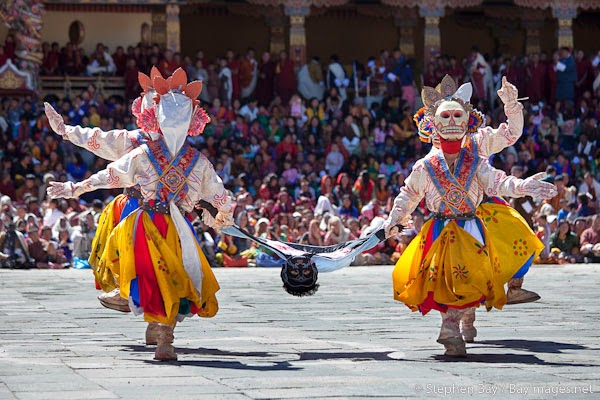
Traditional New Year in Kashmir:
In Kashmir, the New Year is celebrated on the first day of Chaitra and known as Navreh or Navratra. As written in Rajtarangini and Nilamat Purana of Kashmir, this day is also holy for Kashmiris in the same way Shivratri is celebrated in rest of India. Kashmiris worship Ma Shikara on this day. One of the rituals is dropping a walnut into the river to mark Thanksgiving. Evenings are filled with haven and other pujas in the temple.


Summarizing all in a poem….which is now part of “Sojourn of Life”, my poetry book.
****
Disclaimer: The information and pictures are based on internet and other sources. The pictures are sourced from internet for education purpose only.
#NewYear #India #Maharashtra #Kerala #Vishu #Pariappu #Ugadi #karnataka #GudiPadwa #sikkim #losoong #Manipur #Cheiraoba #Hindu #culture #Rajasthan #Gujarat #BestoVarsha #Thapna #Kashmir #Navreh #AndhraPradesh #Sandha #Jane #sandhyajane




